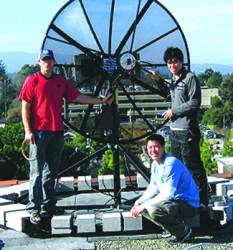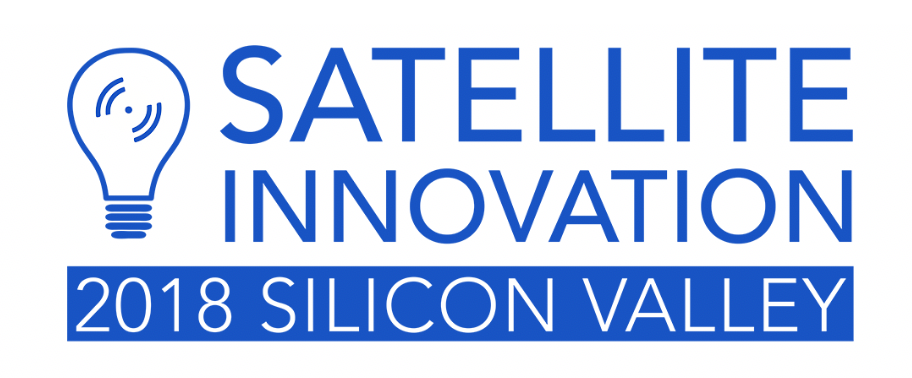As I pack my bags for the damply enticing venue of Savannah, Georgia, I’m reminded that this is my 21st consecutive journey to an ION GNSS conference. And the number 21 still has a lingering resonance as the age of majority, the harbinger of having reached adulthood — if not maturity.
As I pack my bags for the damply enticing venue of Savannah, Georgia, I’m reminded that this is my 21st consecutive journey to an ION GNSS conference. And the number 21 still has a lingering resonance as the age of majority, the harbinger of having reached adulthood — if not maturity.
Hard to imagine that 20 years can embrace nearly the entirety of the public presence of a phenomenon such as the Internet or GNSS. It’s as though one had been reading books since Johannes Gutenberg in a room lit by the work of William Gilbert, who rubbed amber and distinguished static electricity from magnetism.
Many institutions and individuals in the GNSS community undoubtedly feel the same way. Because GNSS has grown up a lot in 20 years, moving from a well-kept secret of the surveying, military, and timing communities into the grist of comic strips exalting a consumer way of location-sensitive life.
The GNSS family has grown as well — no longer just the Global Positioning System and — what was that Russian system’s name . . . glasnost?
Along the way, dramatic changes have come in the commercial realm, manifesting that creative destruction inherent not only to capitalism but to any dynamic economic and political process.
Some GNSS companies kept the same names; others spawned a succession of names but common threads of technology. Some trace their lineage unbroken to pioneers whose progress did not necessarily mean profits. Some have submerged into larger entities as product lines and re-emerged as chiefs of business units.
And on the other end of the scale, small has often spelled success. Indebtedness to private equity can bring an end to GNSS pioneers as readily as it has to newspapers and magazines. But the accompanying disruption also fills the ranks of small firms and independent experts, who often end up earning more as consultants than they did as employees.
Which brings us to the question: Is GNSS a volume business or a value business?
The easy answer, of course, is “both” — but that just begs the question. To have a future, GNSS — from system to silicon, from Sunnyvale to Munich to Moscow to Shanghai — can never stop creating value.
GNSS companies can never stop designing in features and benefits to their products as they design out costs. They can never stop engineering future-proofed innovations, can never stop thinking about quality and just try to squeeze BOM to zero while still making a profit.
Moreover, adding value is not the exclusive domain of profit-seekers and researchers. The GNSS programs themselves have an obligation to raise the bar.
Over the decades, the GPS program has done that repeatedly, evolving and adding signals, building out ground and space segments, rendering public the process and not just the product of enhanced technical specifications.
But other programs have hopped on board the synergy bus as well — affirming that enlarging the pie is better than fighting over the size of the pieces.
GLONASS, in particular, has become increasingly forthright in defining its plans and meeting its schedule for system modernization — releasing updates to its Interface Control Document along the way. A very interesting video clip now running on YouTube even shows preparations under way for an upcoming GLONASS launch.
Galileo got together with GPS on BOC and MBOC, not only introducing interesting new signal structures but also modeling cooperation across programmatic and national boundaries — a motif taken up even more vigorously and broadly by the International Committee on GNSS.
Meanwhile, Compass appears poised to show how quickly a program can emerge from the shadows cast by others and construct an entirely new GNSS.
So, are we all grown up now? No more surprises for GNSS, but only the sobriety of age?
Nah! Look at the trajectory we’re on. We ain’t seen nothing yet.





